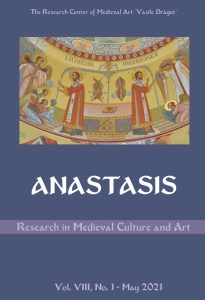Aby Warburg: The Collective Memory as a Medium for Art
Aby Warburg: The Collective Memory as a Medium for Art
Author(s): Gabriel BadeaSubject(s): Philosophy of History, History of Art
Published by: Editura ARTES
Keywords: memory; history; image; symbol; art history; pathos formulas; anachronism;
Summary/Abstract: In this paper, I intend to study the contribution of Aby Warburg, a cultural theorist and an art historian, especially his concern with the relations between memory and history, relations that have been theorized in the late 20th century, but which Warburg anticipated, to a certain degree. In his writings, there can be identified those relations that make memory a metahistorical category or an anti-historical discourse (Pierre Nora, Yosef Yerushalmi); then, his writings can be connected with those of Maurice Halbwachs, the first who approached memory as a social phenomenon. Thus, according to Warburg, collective memory can be regarded as a medium for art, which ensures the survival of images and pathos formulas even when the violence of historical development leads to a decline of the creative spirit. One might say that via a detour through the archaic (Pueblo Indian culture), Warburg managed to reduce the distances which the historical method had established to the Antiquity's vestiges (process that started in the Renaissance). His hypothesis was that the employment in the historical development of Western civilization leads to the atrophy of certain potentialities of the human spirit, which can be addressed in the anti-historicist discourse, specific to postmodernity. In the last part of the paper, I propose to dwell on The Mnemosyne Atlas, Warburg’s last project, as a visual synthesis of the research that he conducted throughout his life.
Journal: Anastasis Research in Medieval Culture and Art
- Issue Year: VIII/2021
- Issue No: 1
- Page Range: 244-254
- Page Count: 11
- Language: English

